What Makes Mini SUVs Ideal for First-Time Car Owners?
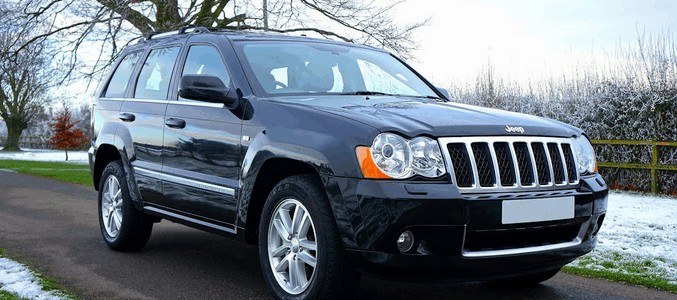
Choosing your first car is an exciting step, but also one that comes with plenty of considerations. From budget and safety to practicality and aesthetics, first-time buyers often feel overwhelmed by the number of choices on the market. Among the growing options, mini SUVs have emerged as a favorite for new drivers—and for good reason. These vehicles offer a strategic blend of comfort, efficiency, safety, and value, making them a compelling option for those purchasing a car for the first time.
So, what exactly makes mini SUVs such a great choice? Let’s examine the top reasons why they’ve captured the attention of first-time car owners around the globe.
Compact Size with a Bigger Presence
For individuals just starting their driving journey, a compact car is typically easier to handle. Mini SUVs provide that advantage but add an elevated driving position and more ground clearance compared to standard hatchbacks or sedans. This added height allows better visibility on the road, which many new drivers appreciate. At the same time, the smaller dimensions make urban parking and tight turns far less intimidating. Despite their compact nature, mini SUVs manage to look commanding and stylish. They often resemble their larger SUV counterparts in design, offering a sense of maturity and capability without the bulk.
Versatile Interiors with Practical Layouts

Mini SUVs are cleverly designed to offer more interior space than you might expect from their exterior size. Most models comfortably seat four to five passengers and still leave room for cargo in the boot. This versatility is especially beneficial for young professionals or college students who may need to carry bags, gear, or even pets regularly. Fold-down rear seats and configurable storage spaces make them suitable for a variety of lifestyles—whether it’s weekend getaways, grocery runs, or even light moving tasks. The practicality packed into a smaller frame gives mini SUVs a functional edge over sedans.
Affordable Price Points with Strong Value Retention
First-time buyers are often working within a limited budget. Mini SUVs tend to be more affordable than full-size SUVs, both in purchase price and maintenance. Many brands offer these models in entry-level trims with enough features to feel modern without straining finances. Additionally, mini SUVs generally hold their value better than some other vehicle types. Their growing popularity and continued demand in the resale market mean that new owners are less likely to face steep depreciation over the first few years of ownership.
Emphasis on Safety and Technology
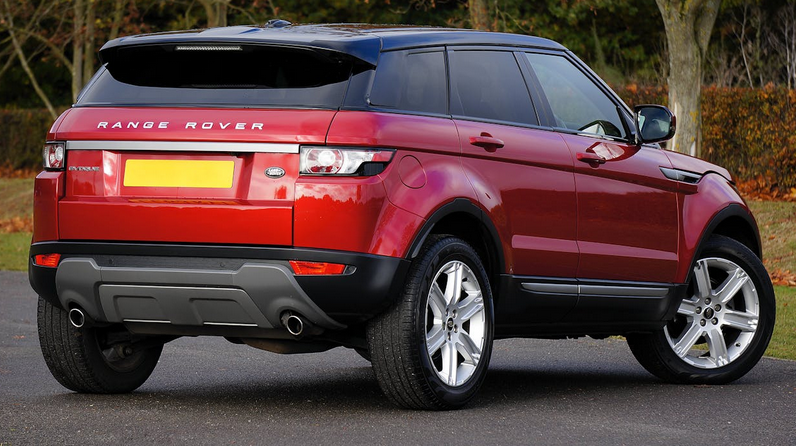
Modern mini SUVs are frequently equipped with a suite of safety and tech features that appeal to cautious and connected buyers. From adaptive cruise control and lane assistance to touchscreen infotainment systems and smartphone integration, many models come well-equipped even at base levels. For new drivers who may still be developing confidence behind the wheel, having automated support systems can provide a helpful extra layer of assurance. The intuitive interfaces also make it easier to control entertainment and navigation without losing focus on the road.
Fuel Efficiency Meets Light Off-Road Capabilities
Another compelling feature of mini SUVs is their fuel economy. These vehicles often share engines with smaller cars, meaning they can deliver impressive mileage while still giving drivers the SUV experience. This balance is ideal for budget-conscious individuals who want to minimize fuel costs without giving up on comfort or looks. Some models even offer all-wheel-drive or light off-road capability—enough to handle gravel roads, rainy commutes, or muddy driveways. This added versatility, while not meant for rugged adventures, can be a confidence booster for drivers exploring unfamiliar terrain or diverse weather conditions.
Mini SUVs have rightfully earned their place as an excellent starting point for new car owners. They bring together sensible size, intelligent use of space, essential features, and affordability—traits that appeal to today’s practical buyers. While choosing a first vehicle involves many moving parts, it doesn’t have to be an overwhelming task. Mini SUVs deliver a compelling package that meets the needs of those entering the driving world, all without unnecessary compromise. If you’re in the market for your very first car, taking a closer look at this category might just lead you to the perfect match.…

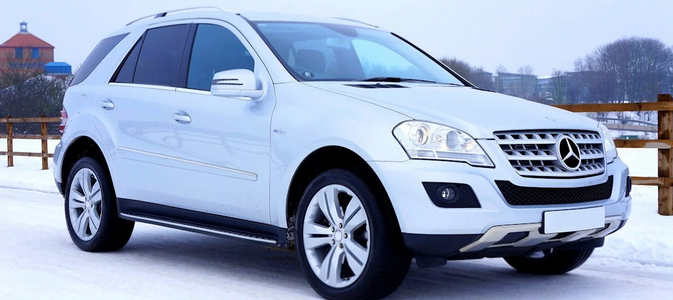

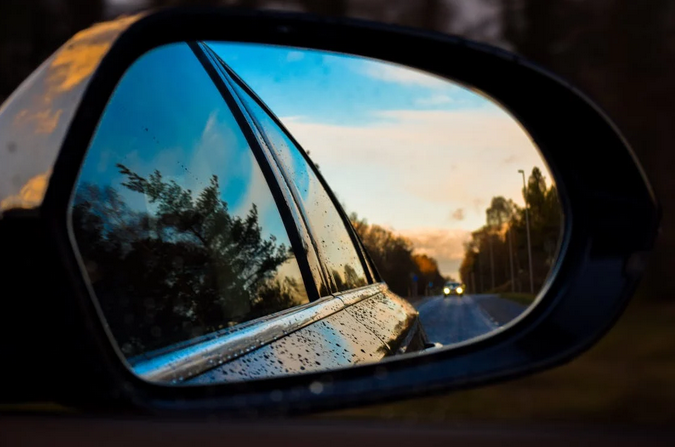

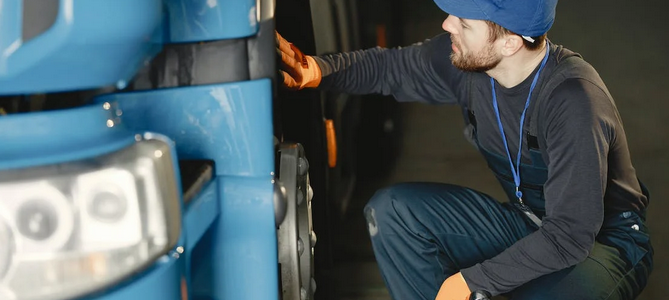
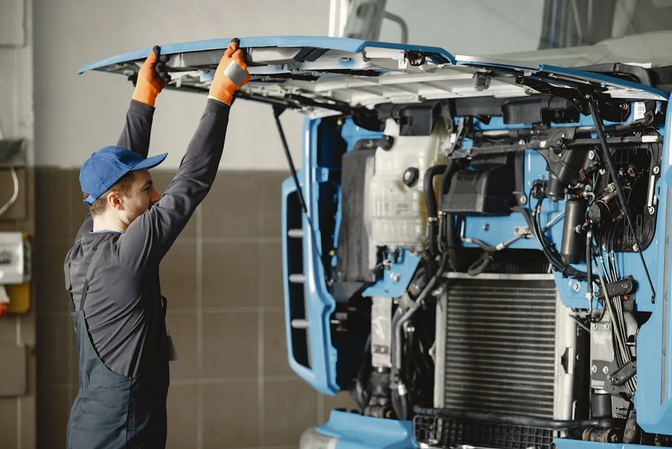

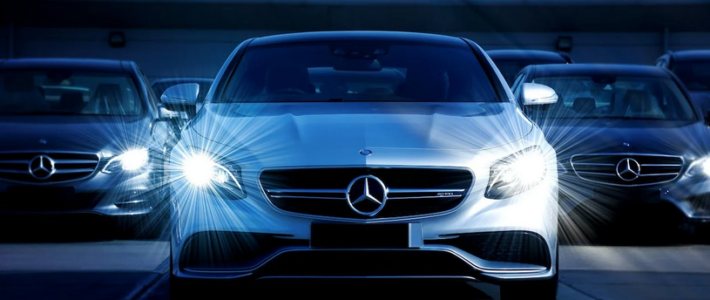

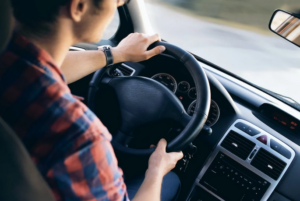 Once you know the type of car you need, decide which features are most important to you. Consider things like fuel efficiency, safety ratings, and entertainment systems. Knowing what features are essential for your rental will help narrow your search.
Once you know the type of car you need, decide which features are most important to you. Consider things like fuel efficiency, safety ratings, and entertainment systems. Knowing what features are essential for your rental will help narrow your search. Before signing a rental agreement, understand all the fees associated with renting the car. Most companies charge additional fees for insurance, fuel, and mileage. Be sure to read the fine print so you don’t get stuck paying more than anticipated.
Before signing a rental agreement, understand all the fees associated with renting the car. Most companies charge additional fees for insurance, fuel, and mileage. Be sure to read the fine print so you don’t get stuck paying more than anticipated.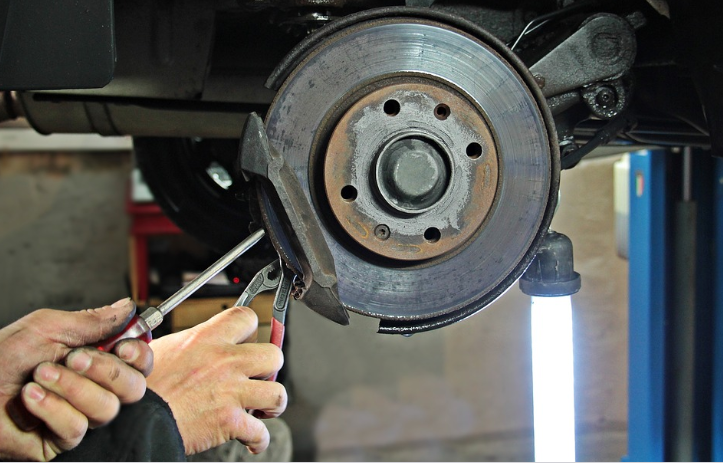
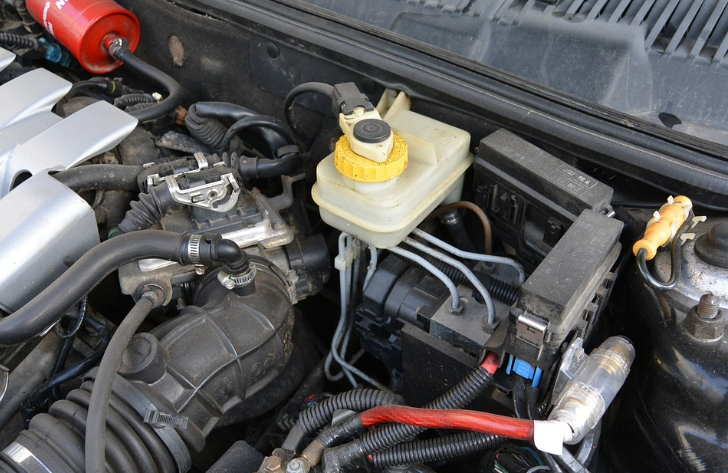 The first way is to check your brake fluid level. This easy task can usually be done at home with a few simple tools. Make sure to purchase the correct type of brake fluid for your car, as there are different types for each makes and model. To check, locate the brake reservoir under your vehicle’s hood, where you will find a dipstick or indication marker. If the fluid level is lower than the minimum line, you must replace it with new brake fluid. Many car owners also recommend flushing the brake fluid at least once a year to prevent contamination.
The first way is to check your brake fluid level. This easy task can usually be done at home with a few simple tools. Make sure to purchase the correct type of brake fluid for your car, as there are different types for each makes and model. To check, locate the brake reservoir under your vehicle’s hood, where you will find a dipstick or indication marker. If the fluid level is lower than the minimum line, you must replace it with new brake fluid. Many car owners also recommend flushing the brake fluid at least once a year to prevent contamination.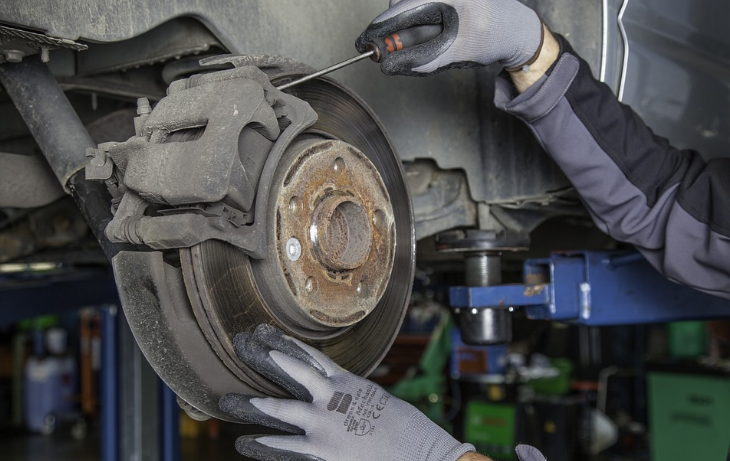 The third way is to clean the rotors and drums. The braking process causes heat, affecting the brake pads and shoes as well as the rotors and drums. Heat, dirt, and dust can accumulate on the rotors and drums over time, affecting braking performance. To remove any build-up of debris or contaminants, use a wire brush to clean the surface of the rotor or drum. You may need to sandpaper the surface before using a brake cleaner solution to finish off. If you do not have the time to do this yourself, you can take your car to a professional mechanic who will be able to help.
The third way is to clean the rotors and drums. The braking process causes heat, affecting the brake pads and shoes as well as the rotors and drums. Heat, dirt, and dust can accumulate on the rotors and drums over time, affecting braking performance. To remove any build-up of debris or contaminants, use a wire brush to clean the surface of the rotor or drum. You may need to sandpaper the surface before using a brake cleaner solution to finish off. If you do not have the time to do this yourself, you can take your car to a professional mechanic who will be able to help.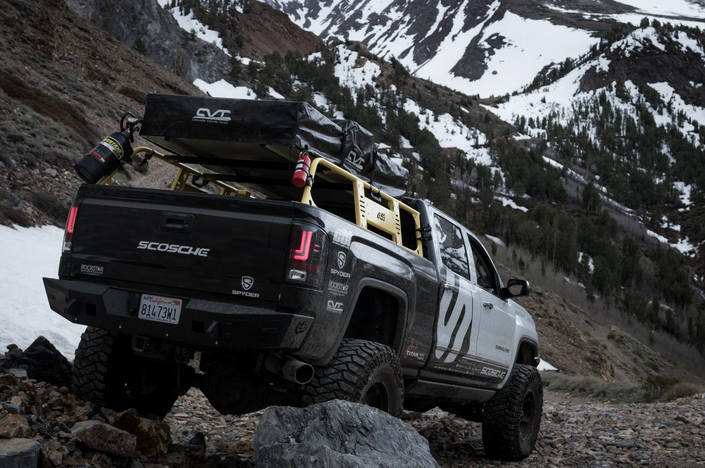
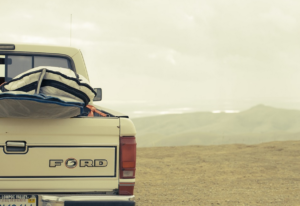 One of the most significant benefits of a hard folding tonneau cover is that it is straightforward to install. Most models can be installed in less than an hour, and most come with clear, concise instructions.
One of the most significant benefits of a hard folding tonneau cover is that it is straightforward to install. Most models can be installed in less than an hour, and most come with clear, concise instructions.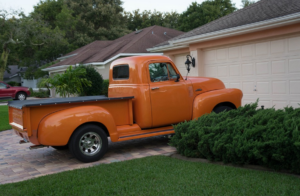 Another significant benefit of a hard folding tonneau cover is that it provides excellent security for your truck bed. These covers are very sturdy and difficult to break into, making them ideal for protecting your cargo. In addition, many models come with a locking system that ensures your load is safe and secure. So if you’re looking for a cover that will keep your belongings safe and secure, a hard-folding tonneau cover is the perfect option.
Another significant benefit of a hard folding tonneau cover is that it provides excellent security for your truck bed. These covers are very sturdy and difficult to break into, making them ideal for protecting your cargo. In addition, many models come with a locking system that ensures your load is safe and secure. So if you’re looking for a cover that will keep your belongings safe and secure, a hard-folding tonneau cover is the perfect option.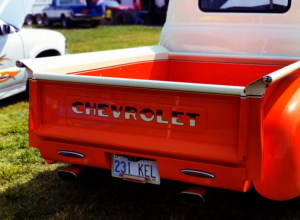 Although a hard-folding tonneau cover is excellent for security, it provides excellent access to your truck bed. Many models can be opened and closed with one hand, making them very convenient when you need to load or unload cargo. In addition, many models fold up into a small package that takes up minimal space in the truck bed. So if you’re looking for a cover that provides excellent truck bed access, a hard-folding tonneau cover is the perfect option.
Although a hard-folding tonneau cover is excellent for security, it provides excellent access to your truck bed. Many models can be opened and closed with one hand, making them very convenient when you need to load or unload cargo. In addition, many models fold up into a small package that takes up minimal space in the truck bed. So if you’re looking for a cover that provides excellent truck bed access, a hard-folding tonneau cover is the perfect option.
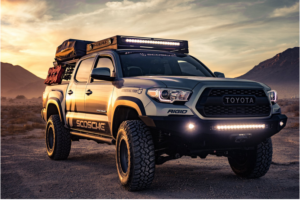 You need to consider your destination since you can select the smallest car to accommodate your luggage and passengers when driving in town. Small vehicles can easily maneuver tight spots and are more economical when driving in traffic.
You need to consider your destination since you can select the smallest car to accommodate your luggage and passengers when driving in town. Small vehicles can easily maneuver tight spots and are more economical when driving in traffic. If you are going on a holiday with your family, a two-seater convertible is not a good idea. You need to hire a car with enough seats for your passengers. When looking for a vehicle online, know the exact number of seats.
If you are going on a holiday with your family, a two-seater convertible is not a good idea. You need to hire a car with enough seats for your passengers. When looking for a vehicle online, know the exact number of seats.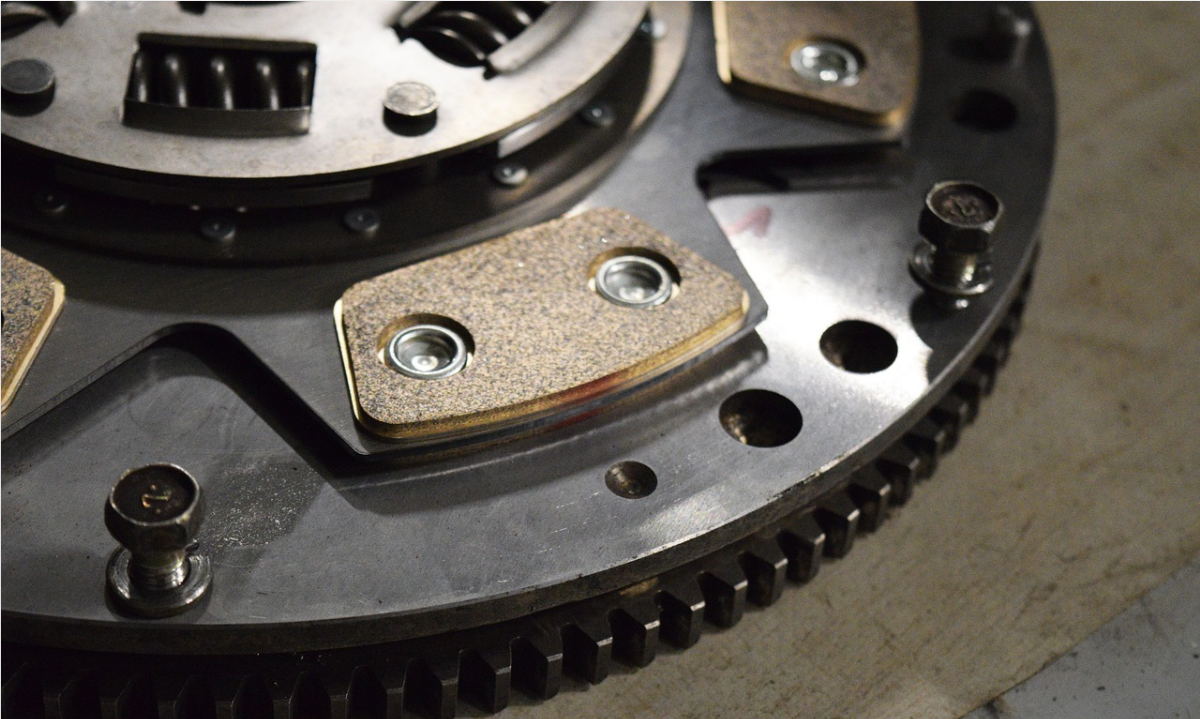
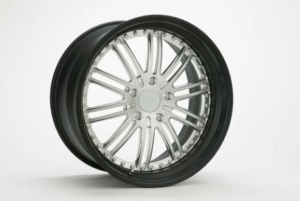 Deals and discounts can help you save money. However, some deals can be misleading and blinding. The first thing to do is to check the car’s official site and check for available accessories. Ensure you get genuine parts that can you can rely on when it comes to reliability and durability of the part. You should avoid questionably and surprisingly cheap accessories as they might be fake. Although you can save some money by buying cheap parts, you may end up replacing them more often than required.
Deals and discounts can help you save money. However, some deals can be misleading and blinding. The first thing to do is to check the car’s official site and check for available accessories. Ensure you get genuine parts that can you can rely on when it comes to reliability and durability of the part. You should avoid questionably and surprisingly cheap accessories as they might be fake. Although you can save some money by buying cheap parts, you may end up replacing them more often than required.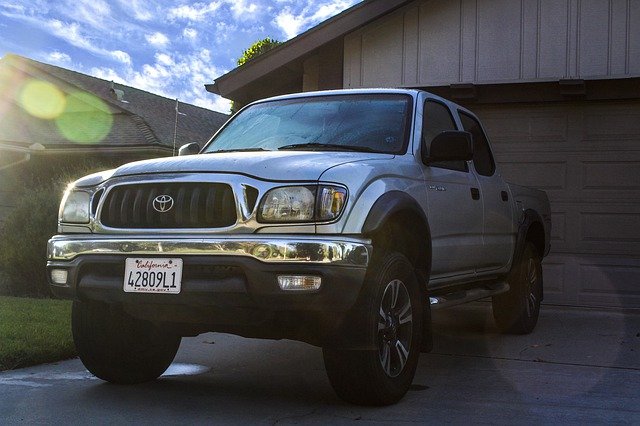
 Having the correct measurement of your Tacoma’s truck bed will prevent you from buying a small or big for a tonneau cover. A small cover will be needing ropes on its end to be installed. In contrast, a large bed cover will sag at the center. Some of the purposes of bed covers are lost in both situations. Rainwater can drip in easily with a small bed cover. Thieves can also just dip their hands inside and get what they want when you are not looking. With a large cover, you will be making a pool of water at the center, when it rains.
Having the correct measurement of your Tacoma’s truck bed will prevent you from buying a small or big for a tonneau cover. A small cover will be needing ropes on its end to be installed. In contrast, a large bed cover will sag at the center. Some of the purposes of bed covers are lost in both situations. Rainwater can drip in easily with a small bed cover. Thieves can also just dip their hands inside and get what they want when you are not looking. With a large cover, you will be making a pool of water at the center, when it rains.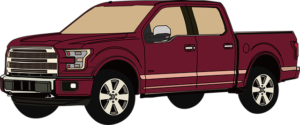 Added Protection Features
Added Protection Features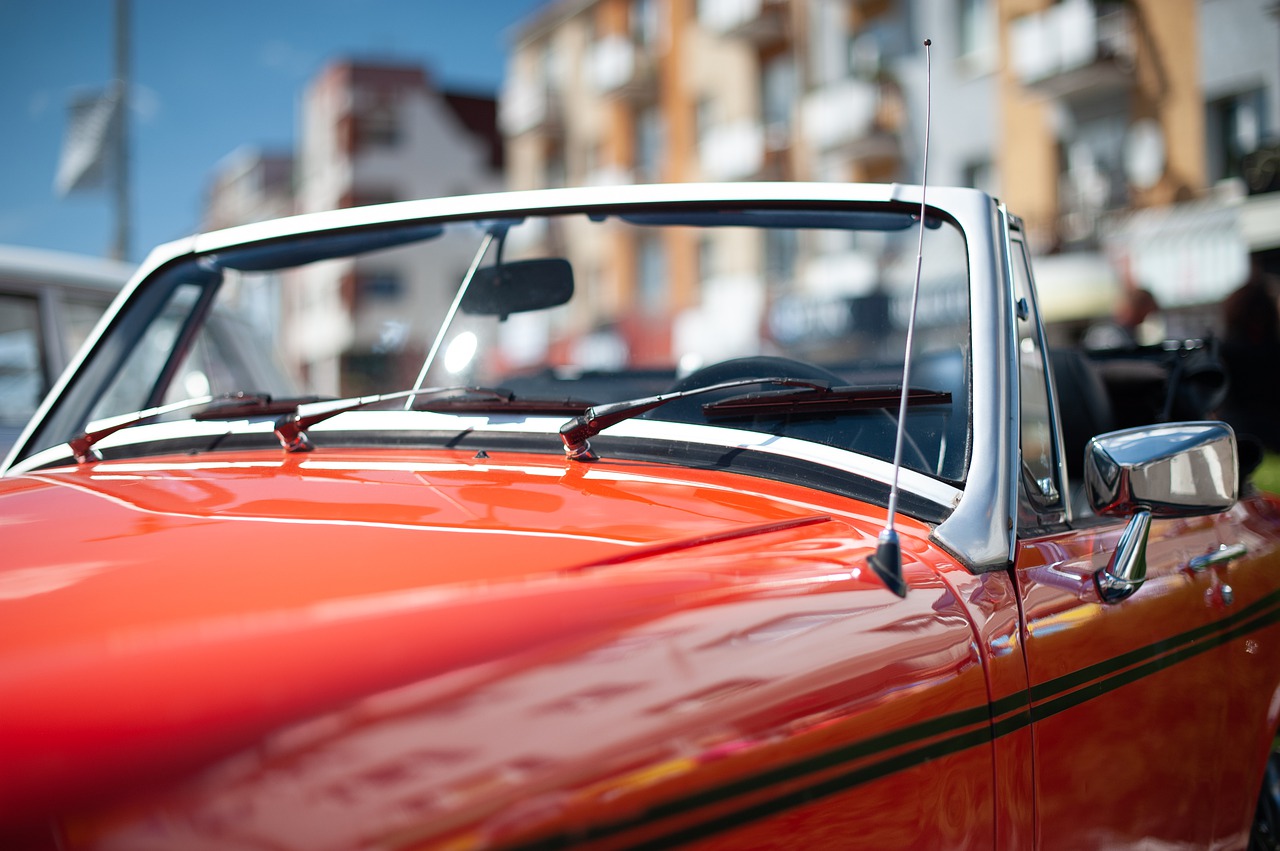
 Most sellers believe that since it is a classic car, it will sell quickly. As you know, the selling process cannot be successful without a comprehensive marketing plan. Therefore, you need to detail your plan to include the positive aspects of the car and justify the asking price. Also, you should consider marketing your vehicle in a wide range of platforms. Try to advertise the car online and on various car enthusiast groups. With a good marketing strategy, you can sell your classic car for a higher price.…
Most sellers believe that since it is a classic car, it will sell quickly. As you know, the selling process cannot be successful without a comprehensive marketing plan. Therefore, you need to detail your plan to include the positive aspects of the car and justify the asking price. Also, you should consider marketing your vehicle in a wide range of platforms. Try to advertise the car online and on various car enthusiast groups. With a good marketing strategy, you can sell your classic car for a higher price.…
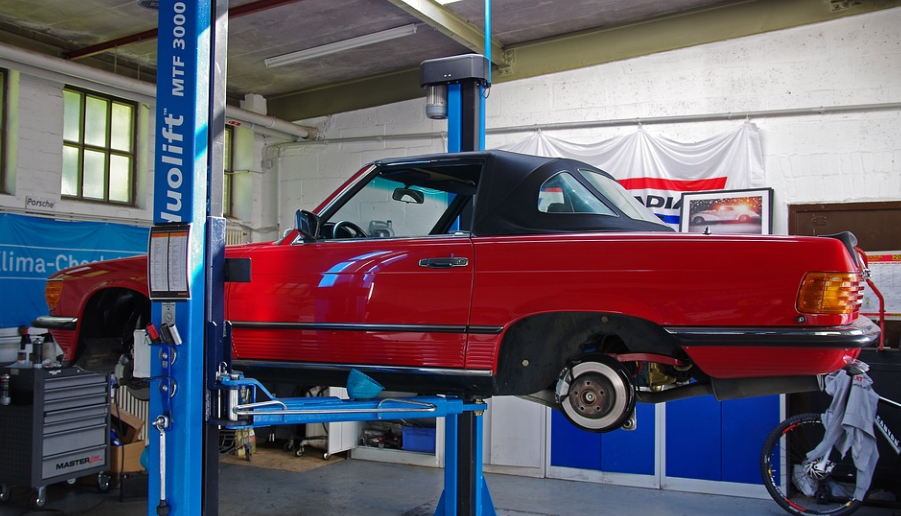
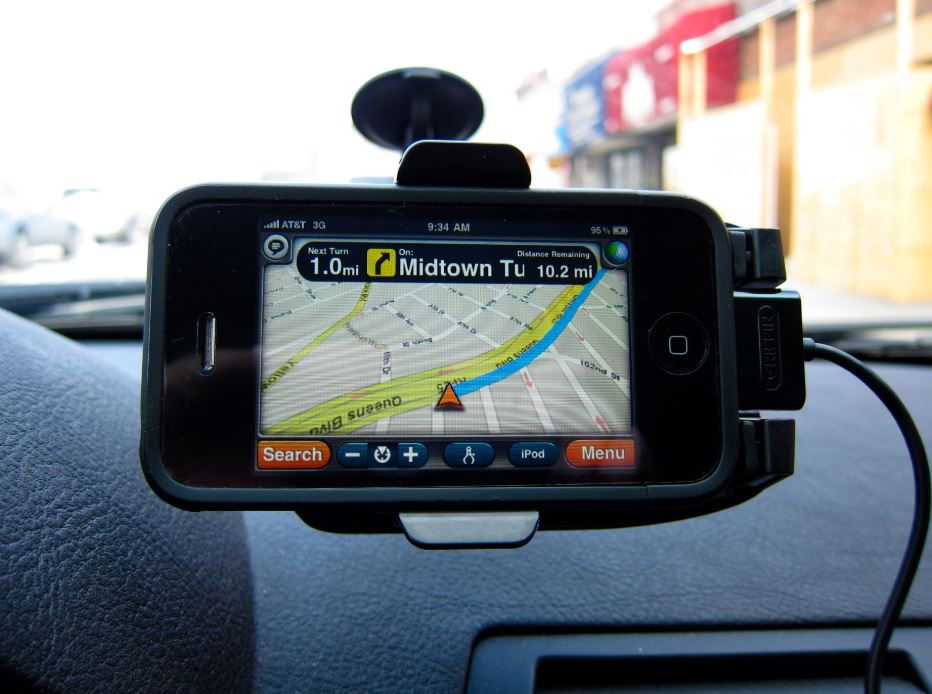

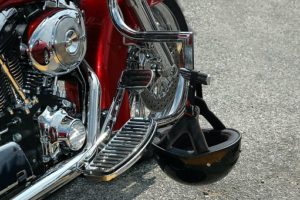 The first defense against theft motorcycle is the bike’s steering locks. The steering locks prevent maneuvering your bike effortlessly and discourage thieves from robbing the motorcycle. It is wise to separate locks for the steering locks and ignition locks, so the bandit has to overcome two locks to run away with the bike.
The first defense against theft motorcycle is the bike’s steering locks. The steering locks prevent maneuvering your bike effortlessly and discourage thieves from robbing the motorcycle. It is wise to separate locks for the steering locks and ignition locks, so the bandit has to overcome two locks to run away with the bike.

 What is Defensive Driving?
What is Defensive Driving? How Do We Learn It?
How Do We Learn It?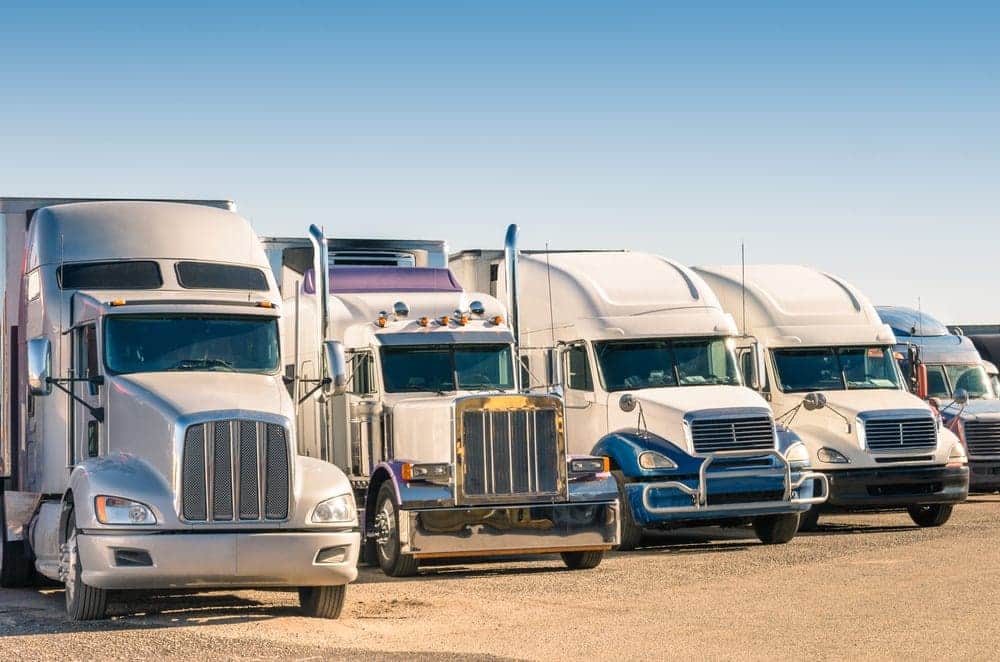
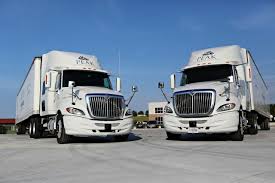
 available. Since truck driving does not require you to spend a lot of time in training, the salary paid is quite. In addition to the normal salaries, some trucking companies will give their drivers bonuses. These drivers get more money than construction workers and other semi-skilled workers.
available. Since truck driving does not require you to spend a lot of time in training, the salary paid is quite. In addition to the normal salaries, some trucking companies will give their drivers bonuses. These drivers get more money than construction workers and other semi-skilled workers.
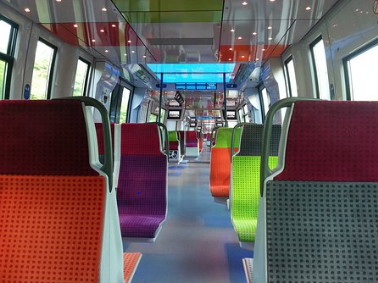
 The supporting infrastructure is also critical when you are selecting the ideal mode of transportation. For example, for you to use water transport, the area ought to have a water body connecting the two areas that you need to move. You cannot use rail transport if they are that you live in does not have a railway system.…
The supporting infrastructure is also critical when you are selecting the ideal mode of transportation. For example, for you to use water transport, the area ought to have a water body connecting the two areas that you need to move. You cannot use rail transport if they are that you live in does not have a railway system.…
 We get it, public transportation is excellent, and they are much cheaper when compared to driving a car, but hear us out. If you’re a person who likes to explore some random places or where the public transportation doesn’t reach, then a car will help you with that.
We get it, public transportation is excellent, and they are much cheaper when compared to driving a car, but hear us out. If you’re a person who likes to explore some random places or where the public transportation doesn’t reach, then a car will help you with that. Another reason besides social anxiety is safety. Sometimes in public transportation there is a chance people might try to steal something, be it your bag or your wallet, and sometimes the thieves work in a group. This does not justify that riding a car will ensure that you’re one hundred percent safe, as thieves will still try to break into your car.
Another reason besides social anxiety is safety. Sometimes in public transportation there is a chance people might try to steal something, be it your bag or your wallet, and sometimes the thieves work in a group. This does not justify that riding a car will ensure that you’re one hundred percent safe, as thieves will still try to break into your car.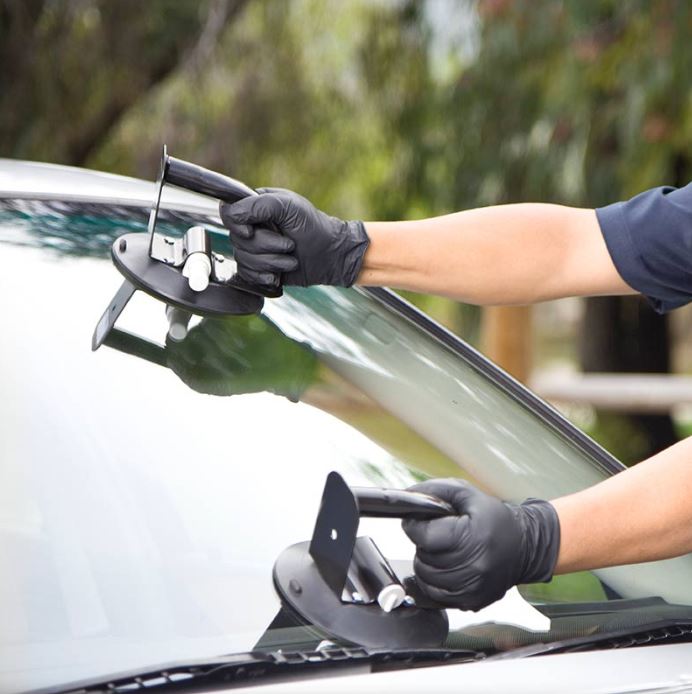
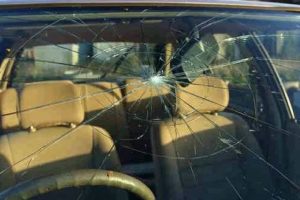
 Maybe the material used on your car’s windshield has added benefits when it comes to durability or protection from sun rays. Make sure they replace it with one similar to your original windshield.…
Maybe the material used on your car’s windshield has added benefits when it comes to durability or protection from sun rays. Make sure they replace it with one similar to your original windshield.…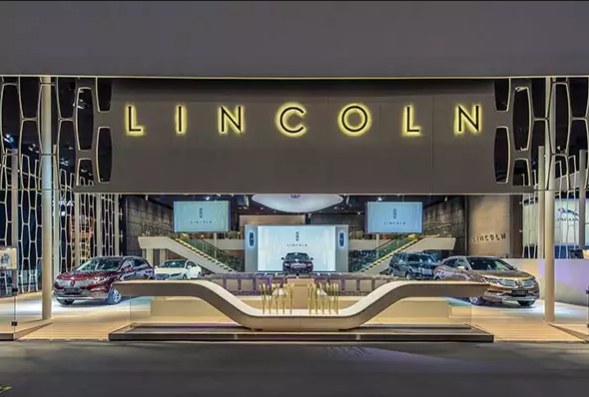
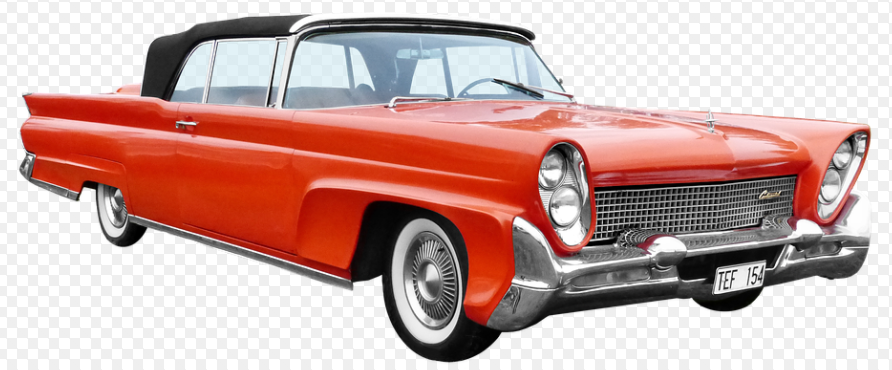 If you think that the quoted price is for the car alone, then you need to research more. Car dealers include add-on prices of items like car interior accessories, car accessories, CD chargers and other items. This happens mostly with private car dealers. At times they will influence you into buying these items. But this should not be the case; you should be given a chance to decide if you want the accessories or not. Always check the price of the car and do away with the add-ons.
If you think that the quoted price is for the car alone, then you need to research more. Car dealers include add-on prices of items like car interior accessories, car accessories, CD chargers and other items. This happens mostly with private car dealers. At times they will influence you into buying these items. But this should not be the case; you should be given a chance to decide if you want the accessories or not. Always check the price of the car and do away with the add-ons.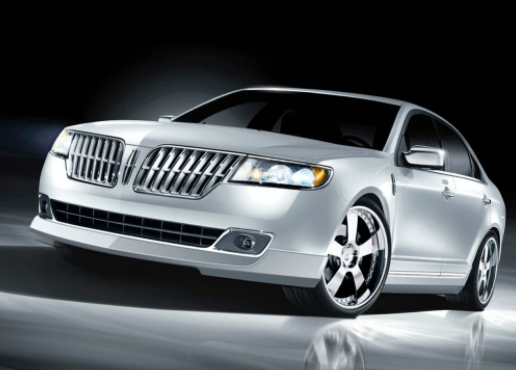 Warranty is a must when it comes to purchasing a car. Some dealers will offer warranties for both new and used cars. Some will offer to examine and service the cars for a given period. It is advisable to go for car dealers who offer a warranty.…
Warranty is a must when it comes to purchasing a car. Some dealers will offer warranties for both new and used cars. Some will offer to examine and service the cars for a given period. It is advisable to go for car dealers who offer a warranty.…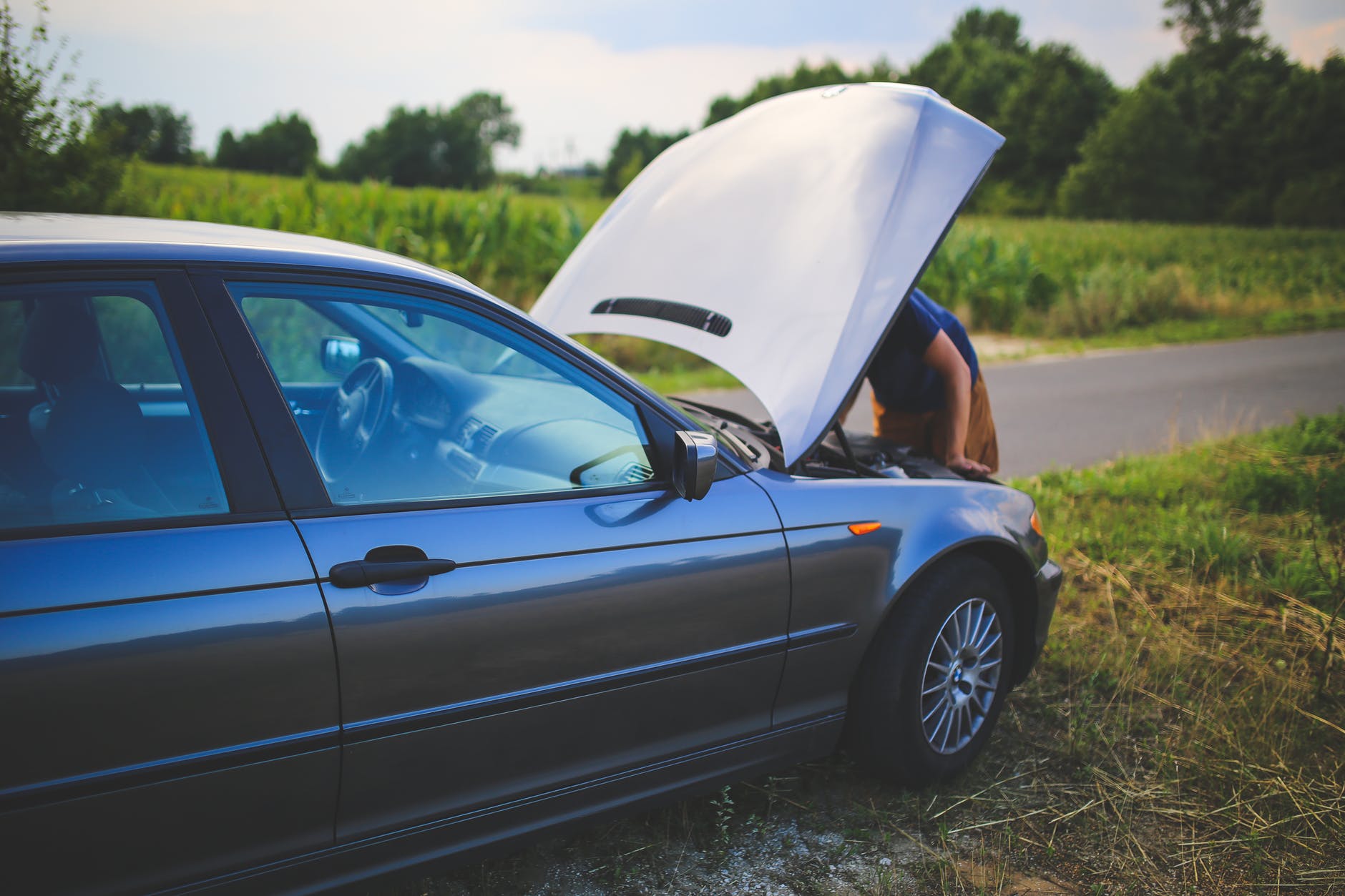
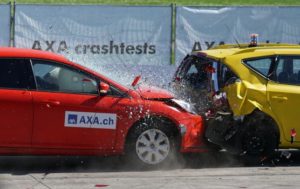 You will not wake up one day and decide to sell your car. It has to be a decision you take over a long time. You need to take time and decide if you want to sell your car. Of course, it is old, but that does not mean you will not sell it for the right amount. Start your research in your local area. Ask for someone in your friend circles if they need a car. It would be so helpful to sell your car to your friends or someone close in your social circle.
You will not wake up one day and decide to sell your car. It has to be a decision you take over a long time. You need to take time and decide if you want to sell your car. Of course, it is old, but that does not mean you will not sell it for the right amount. Start your research in your local area. Ask for someone in your friend circles if they need a car. It would be so helpful to sell your car to your friends or someone close in your social circle.

 You can consider mountain riding as a way to enjoy the adventure. The first adventure is to choose the right mountain bike. Your adventure will start after you familiarize yourself with various types of bikes and their purposes. The main five different types include trail downhill, cross country bikes, full-suspension, dirt jump, and free ride. It is advisable to seek an opinion from experts, enthusiasts, and bike shop to help you find one that meets your requirements.
You can consider mountain riding as a way to enjoy the adventure. The first adventure is to choose the right mountain bike. Your adventure will start after you familiarize yourself with various types of bikes and their purposes. The main five different types include trail downhill, cross country bikes, full-suspension, dirt jump, and free ride. It is advisable to seek an opinion from experts, enthusiasts, and bike shop to help you find one that meets your requirements.
